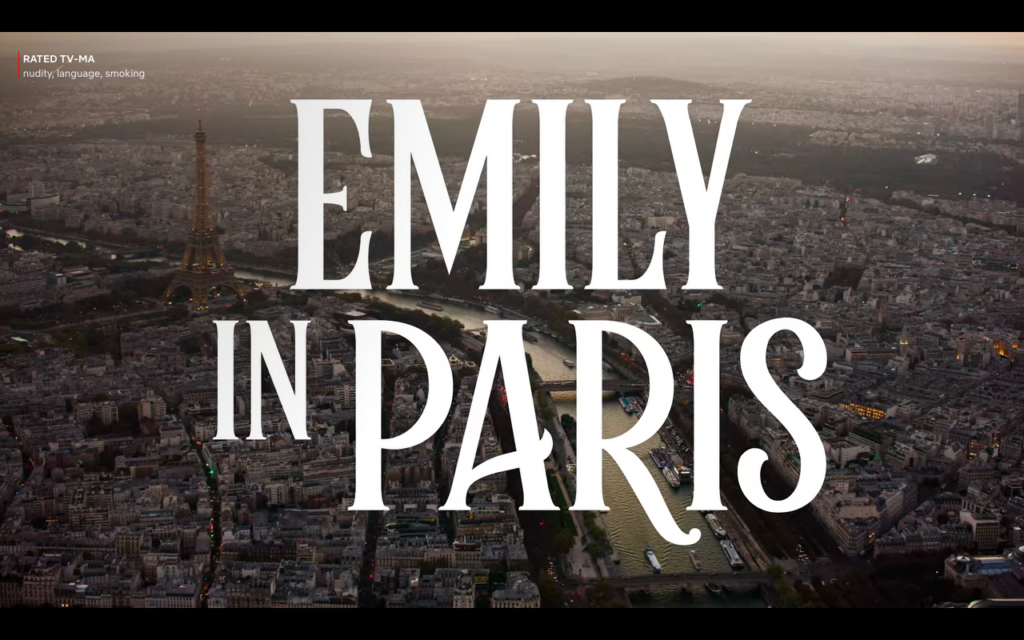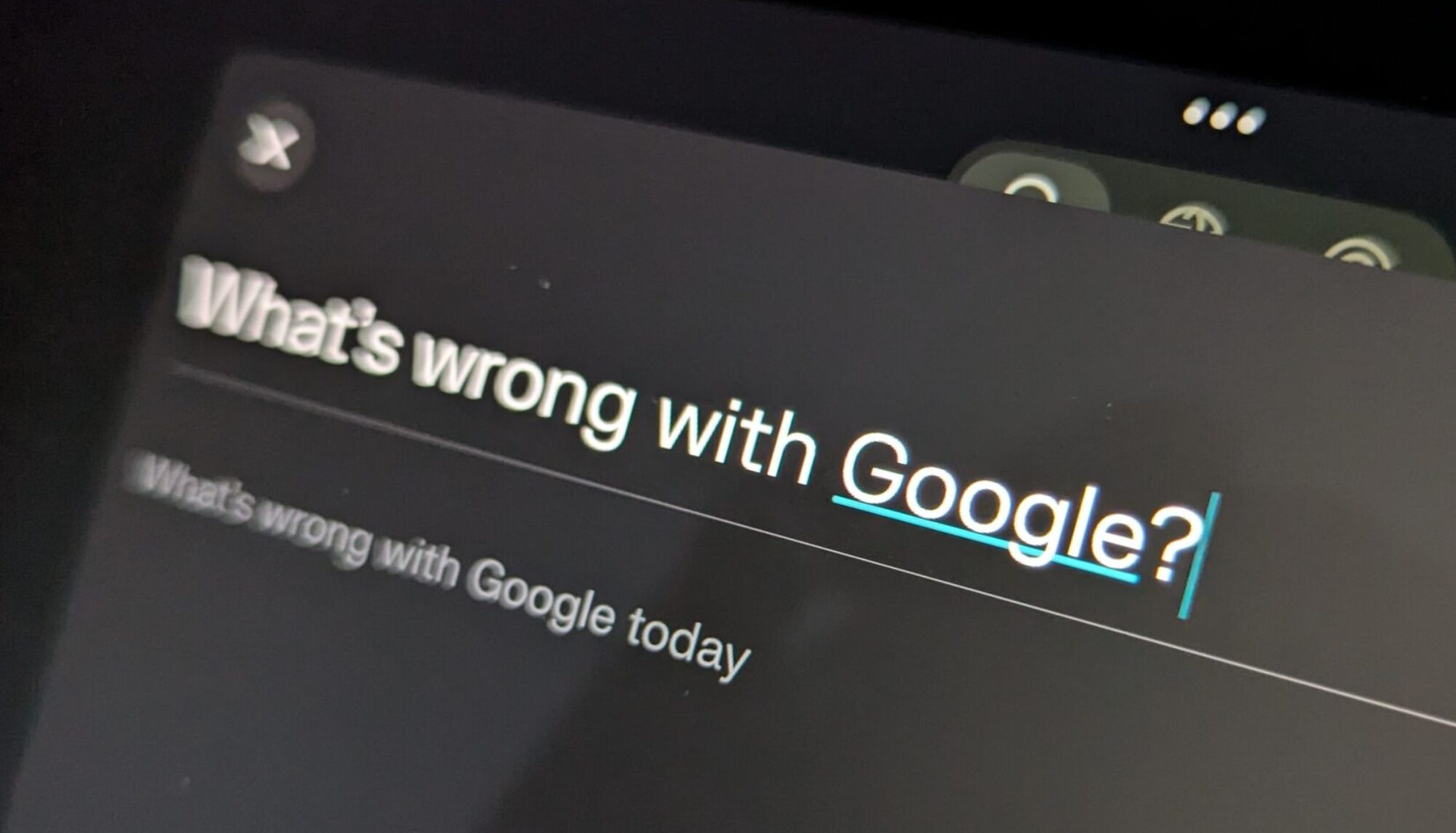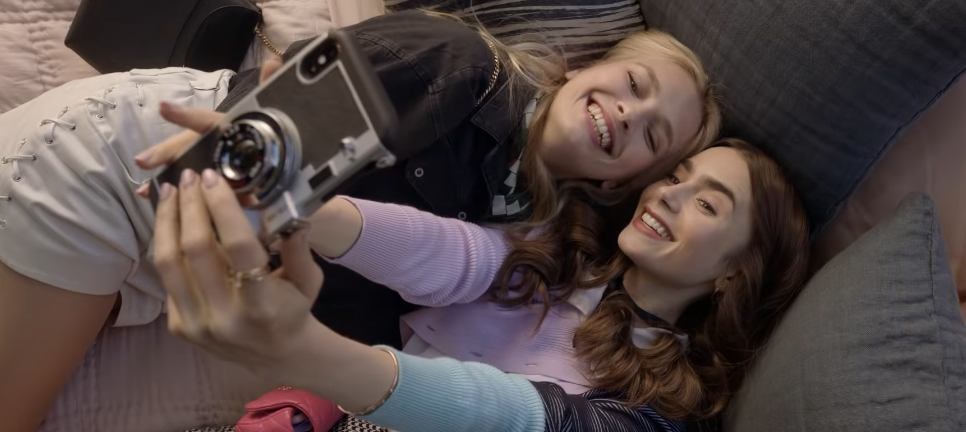Paid social media advertising is significantly and fundamentally different from paid text search advertising. The difference stems from the intentions of the audience. In Search the audience is looking for something specific whereas in Social Media the audience really isn’t. This means that if you want to use Social Media to advertise your business, the strategies you’ve developed for Search won’t work—you need to target paid Social Media advertising in a completely different way.

A recent article cited the Netflix show “Emily in Paris” as an example of ambient TV.
“Emily in Paris” begins and ends in an avalanche of desiccated digital-marketing language that seems to have subsumed Emily’s soul. She cares about nothing more than “social,” impressions, R.O.I.
Isn’t part of the seductiveness of social media that advertising also becomes ambient? You see content in your social media feed. There is very little distinction between organic and paid content. Everything is part of the never-ending digital information stream on all of your screens from smartwatches to 100 inch 8K TV sets.
This is not the case with search results. Google labels ads in their search returns. People still say that they never click on ads but research has shown that even with the labels many don’t know what an ad looks like. The act of making a search implies a sort of consent to what you get in the result. On the other hand, everyone using social media is within the reach of “influencers” without any kind of consent, implied or otherwise. Influencers have replaced the endorsers from an earlier age of marketing.
A fashion blogger tagging her “favorite” basicswear brand on Instagram or a popular gamer name-dropping his “go-to” headset model mid-stream doesn’t carry the same heavy-handed transactional connotation as, say, Steve Carrell hawking Pepsi. (Or at least it isn’t supposed to.) True influencerdom presupposes a particular type of relationship between content creator and viewer, at scale, one that hinges on the willingness of the viewer to be influenced. Users consider influencers more akin to a close friend than an advertiser or paid endorser, as the stream of content they produce—and the more casual way in which it is shared with the public—imbues influencers with an air of authenticity that is rarely seen in semicommercial spaces.
Authentic or not the power of influencers derives from the pervasiveness of social media. More traditional news media even report on what’s trending on Twitter. Repetition may not make something true but it can make that thing seem possible or even likely. That makes paid social media advertising an effective weapon in the marketing arsenal.
Most businesses can benefit from paid online advertising. To find the right mix for you visit https://searchenginemarketingchicago.com
““Emily in Paris” and the Rise of Ambient TV | The New Yorker.” 16 Nov. 2020, https://www.newyorker.com/culture/cultural-comment/emily-in-paris-and-the-rise-of-ambient-tv. Accessed 25 Nov. 2020.
“What is an Influencer? – Social Media Influencers Defined ….” 15 Oct. 2020, https://influencermarketinghub.com/what-is-an-influencer/. Accessed 25 Nov. 2020.


